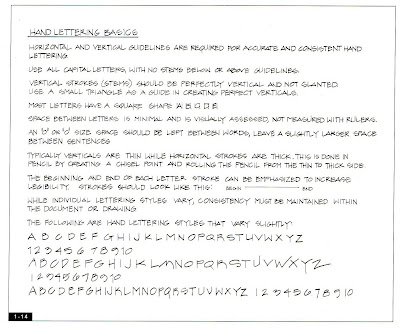Wait, this is actually a thing they teach engineers? I haven't seen anything like that at my university--pretty much everyone I know, including professors, uses a mash-up of print and cursive that's both widely legible and very fast. (EDIT: I am an electrical engineer, which might explain things--we don't do formal schematics by hand, ever.tsb247 said:By the way, engineering lettering is THE single most inefficient way to write things down. However, it looks badass when it's done!
And no, I do not use lettering guides when I am taking notes.

I actually had beautiful cursive up through 5th grade, but I stopped using it because I couldn't keep it legible when I tried to write faster. Nowadays it's a super-compact hybrid of print and cursive; most of my letters are done with a single stroke, and quite a few flow into each other.
But now that I think about it, I wonder: what are they going to replace cursive with? More time in math or science, where we already spend way too much time for the results we get? Cursive is still valuable, as I use many of the letter-joining techniques to make my "printed" writing faster. At the very least, they could teach good penmanship and fast-writing techniques, instead of making our STEM education even more inefficient.
